Held in Xi’an, the 10th West China Culture Industries Expo and the 2023 Xi’an Silk Road International Tourism Expo focus on strengthening cultural and tourism exchanges among Belt and Road countries, reflecting a robust interest in Central Asian travel destinations and signifying promising prospects for the Chinese tourism market.
BEIJING, CHINA – The 10th West China Culture Industries Expo and the 2023 Xi’an Silk Road International Tourism Expo were held simultaneously in Xi’an, northwest China’s Shaanxi Province, attracting exhibitors from more than 20 countries and over 20 provincial-level regions in China.
On the occasion of the 10th anniversary of the Belt and Road Initiative (BRI), the expos focus on in-depth exchanges in culture and tourism among the Belt and Road countries, with the aim to promote the dividends of cultural and tourism cooperation to benefit more people in these countries.
Traveling to the Belt and Road countries continues to heat up
It is learned that many countries, including Kyrgyzstan, Uzbekistan, Kazakhstan, France, Fiji, Yemen, Belarus and the Philippines, have set up exhibition halls at the exhibition site, displaying exotic crafts and scenery photos which have attracted a large number of visitors.
Wang Anren, head of a local international tourism agency in Xi’an, introduced that in the past three months, the travel agency has added six new Central Asian tour routes which have received more than 20 tour and study groups by now.
“It can be clearly felt that people’s interest in Central Asian continues to increase, and Central Asia is no longer an obscure and niche destination for Chinese tourists,” said Wang.
Recently, the Ministry of Culture and Tourism announced the third batch of countries and regions to resume outbound group tours, and the number of destination countries for outbound group tours of Chinese citizens has expanded to 138, making more countries optimistic about the Chinese tourist market.
Croatia, Jordan, Poland, the Philippines, France, Germany and Cambodia have also made special promotions for tourism projects during the expos. Tourist destinations with their own characteristics, such as the ancient city of Petra in Jordan and the Boracay Island in the Philippines, were displayed in turn, attracting many visitors to take photos.
During the expos, a forum on the development of tourism cities in the Belt and Road countries was also held to build a cooperation dialogue platform for these cities, implement the outcomes of the China-Central Asia Summit, strengthen social and cultural exchanges among countries, and promote people-to-people exchanges, as well as mutual learning among civilizations.
In the past couple of years, traveling to western China has become hot, and many places have become destinations for Internet celebrities to punch in, noted Wei Xiaoan, an expert with the World Tourism Cities Federation, adding that this tourism boom will extend to the five countries in Central Asia, which is a major business opportunity for Central Asian tourism, and will set off a new upsurge of traveling along the Silk Road.
Belt and Road cooperation in culture and tourism drives exchanges in other fields
More than 2,000 years ago, the Silk Road started from Chang’an which is now Xi’an and ran through the Eurasian continent, deepening cultural exchanges between the East and the West, promoting unimpeded trade and people-to-people exchanges, and bringing different nations and cultures together for mutual understanding and common development.
This year marks the 10th anniversary of the BRI proposed by China. The international exchanges and cooperation in culture and tourism under the BRI are gradually transforming from concept to action, and from vision to reality.
The Silk Road collects the most essential tourism resources in the world, with 80% of the world’s cultural heritages born on it, and it is the most dynamic and potential golden tourism road, involving more than 60 countries and regions and 4.4 billion people, said Xu Mingfei, vice governor of Shaanxi.
Over the past decade, cooperation in culture and tourism under the BRI has yielded fruitful results.
In 2014, the “Silk Roads: the Routes Network of Chang’an-Tianshan Corridor” project jointly declared by China, Kazakhstan and Kyrgyzstan was successfully inscribed on the UNESCO World Heritage List.
In 2015, the Tourism Ministerial Meeting of Countries along the Silk Road Economic Belt was held in Xi’an and the Xi’an Initiative was issued to give further impetus to the tourism exchanges and cooperation along the Silk Road.
By 2019, two-way tourist exchanges between China and the Belt and Road countries have exceeded 60 million, and 52 relevant countries have reached visa-free or visa-on-arrival agreements.
By 2022, China has signed agreements or memoranda of understanding on culture and tourism with 142 Belt and Road countries, and established alliances of Silk Road international theaters, museums, art festivals, libraries and art galleries, forming a pattern of diverse interaction.
At the China-Central Asia Summit held in Xi’an in May this year, China has reached a consensus with the five Central Asian countries to further consolidate people-to-people cooperation, further strengthen tourism cooperation, and jointly develop China-Central Asia tourism routes, and has invited the five Central Asian countries to participate in the implementation of the Cultural Silk Road program.
After the China-Central Asia Summit, Xi’an took the lead in achieving full coverage of direct flights to six cities in the five countries in Central Asia, making transportation conditions more convenient and enhancing external ties.
According to experts, the cooperation between China and the Belt and Road countries in culture and tourism is bound to drive the development of other related industries, and promote the upgrading of individual tourist destinations to urban belts and economic groups, producing the effect of “1+1>2”.
In fact, more and more Belt and Road cooperation in culture and tourism is transforming from vision to reality, continuously bringing more dividends to people in the Belt and Road countries.
Theodore is the Co-Founder and Managing Editor of TravelDailyNews Media Network; his responsibilities include business development and planning for TravelDailyNews long-term opportunities.
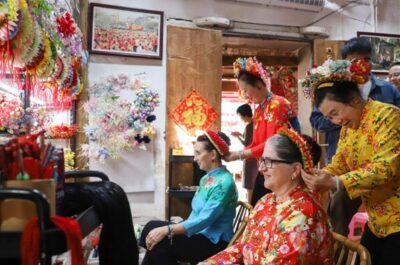

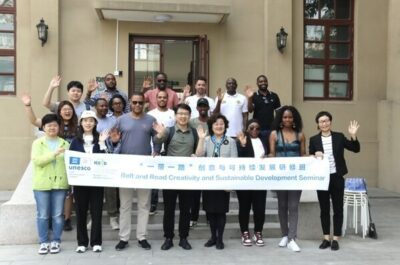



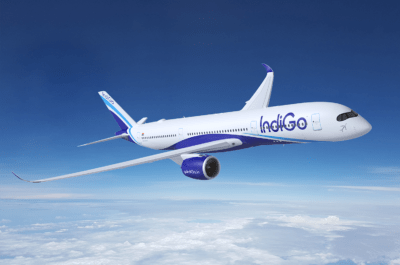









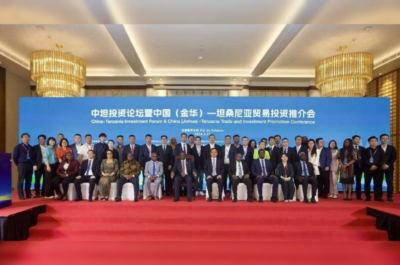
![Visitors look at cultural products at Jiangsu exhibition area at the 10th West China Culture Industries Expo in Xi’an, Shaanxi province, on Aug 17, 2023. [Photo/Xinhua]](https://www.traveldailynews.asia/wp-content/uploads/2023/08/64e40c32a310352610bb1cb0-400x265.jpeg)
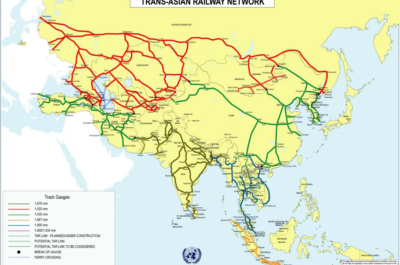


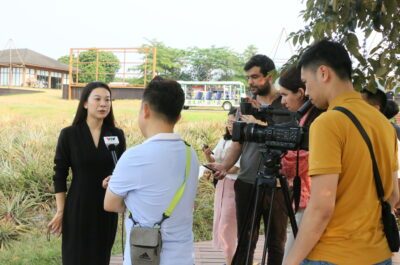

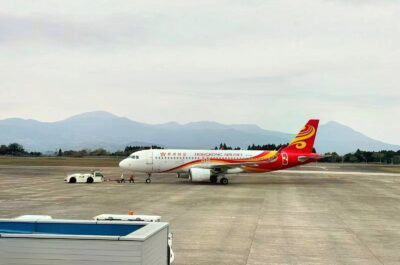




![[PR] PR_Ascott and Vimut Hospital_2024](https://www.traveldailynews.asia/wp-content/uploads/2024/04/PR-PR_Ascott-and-Vimut-Hospital_2024-400x265.jpg)






















































